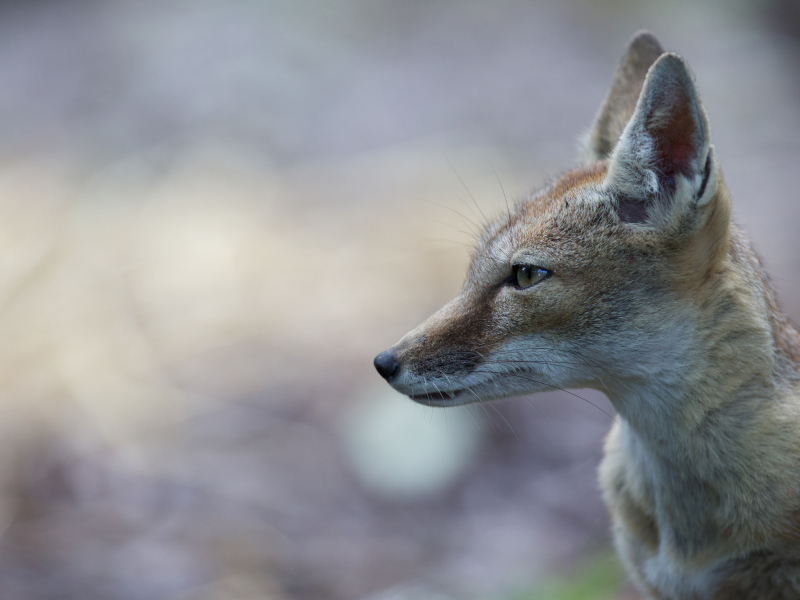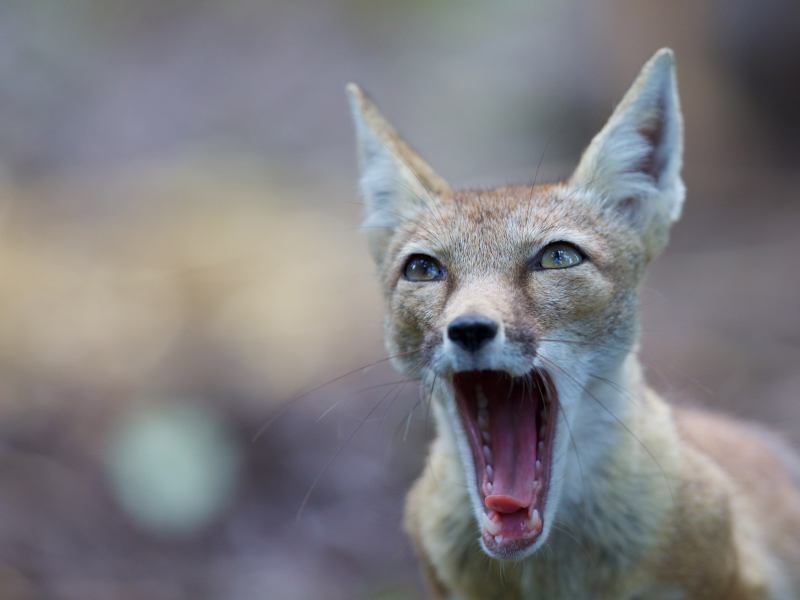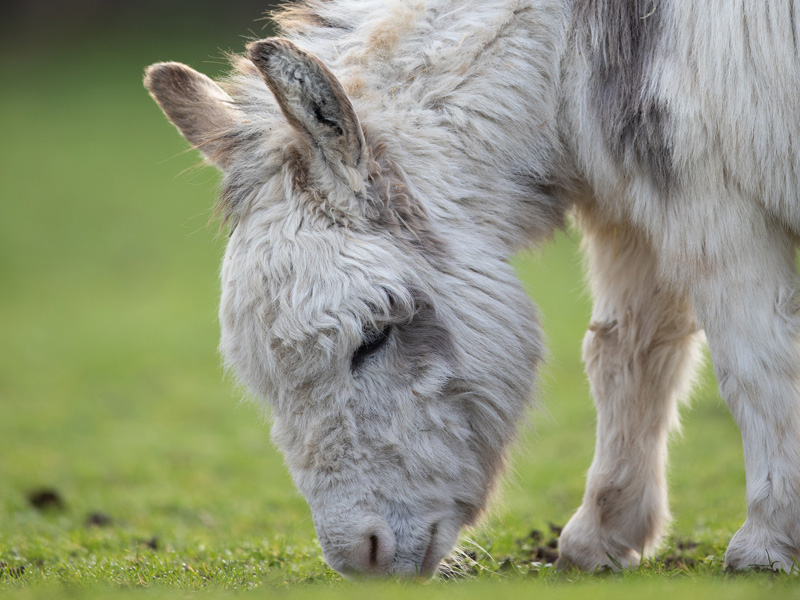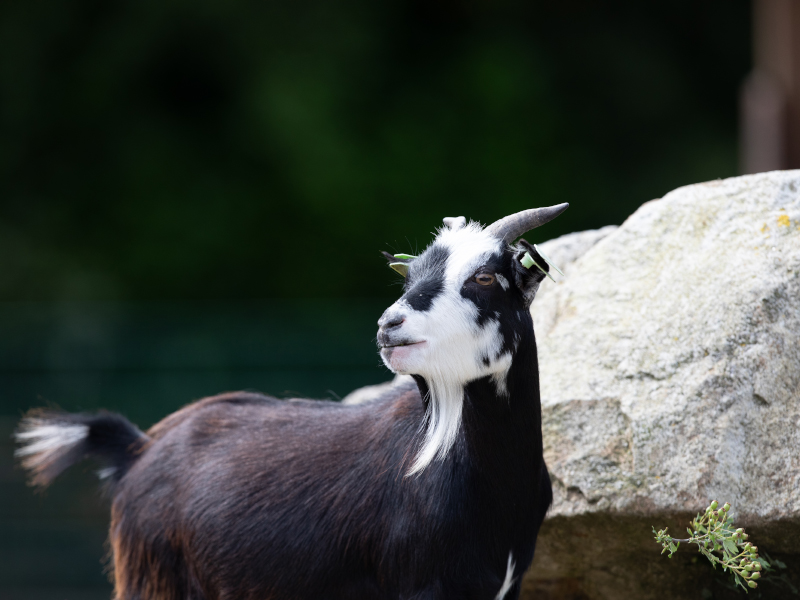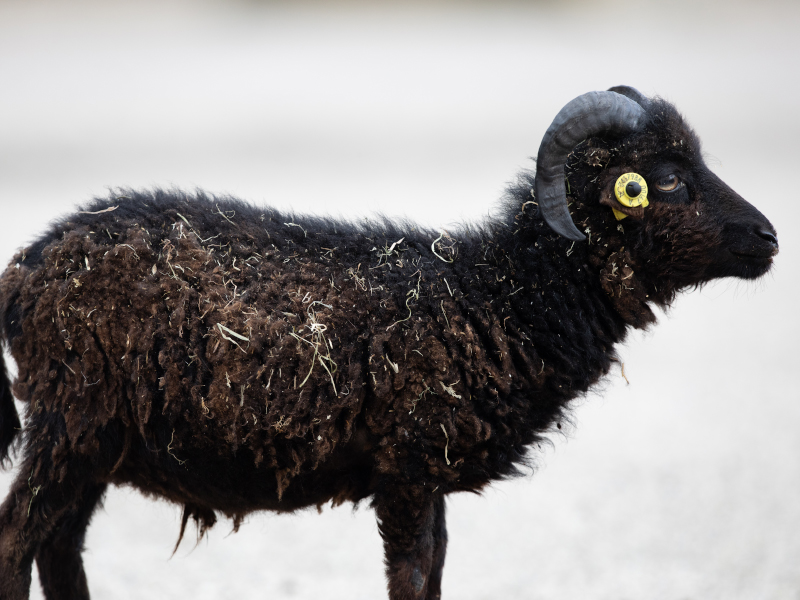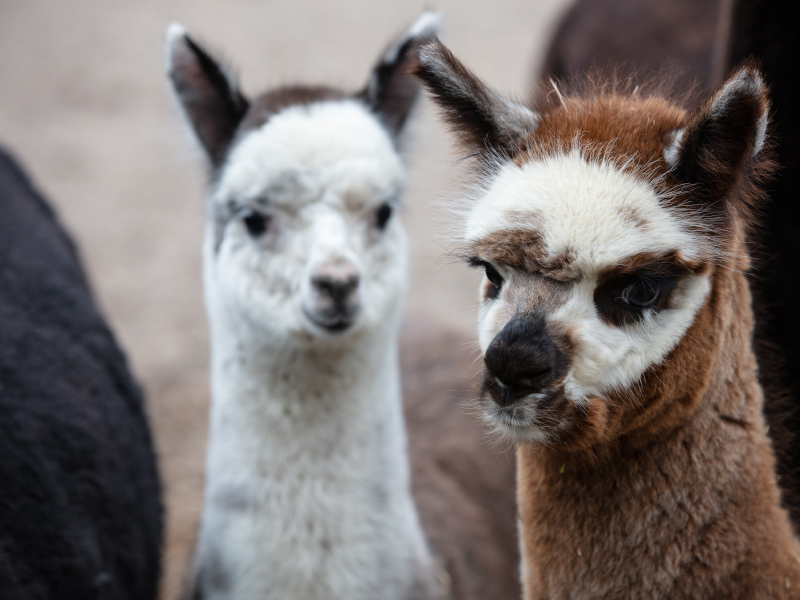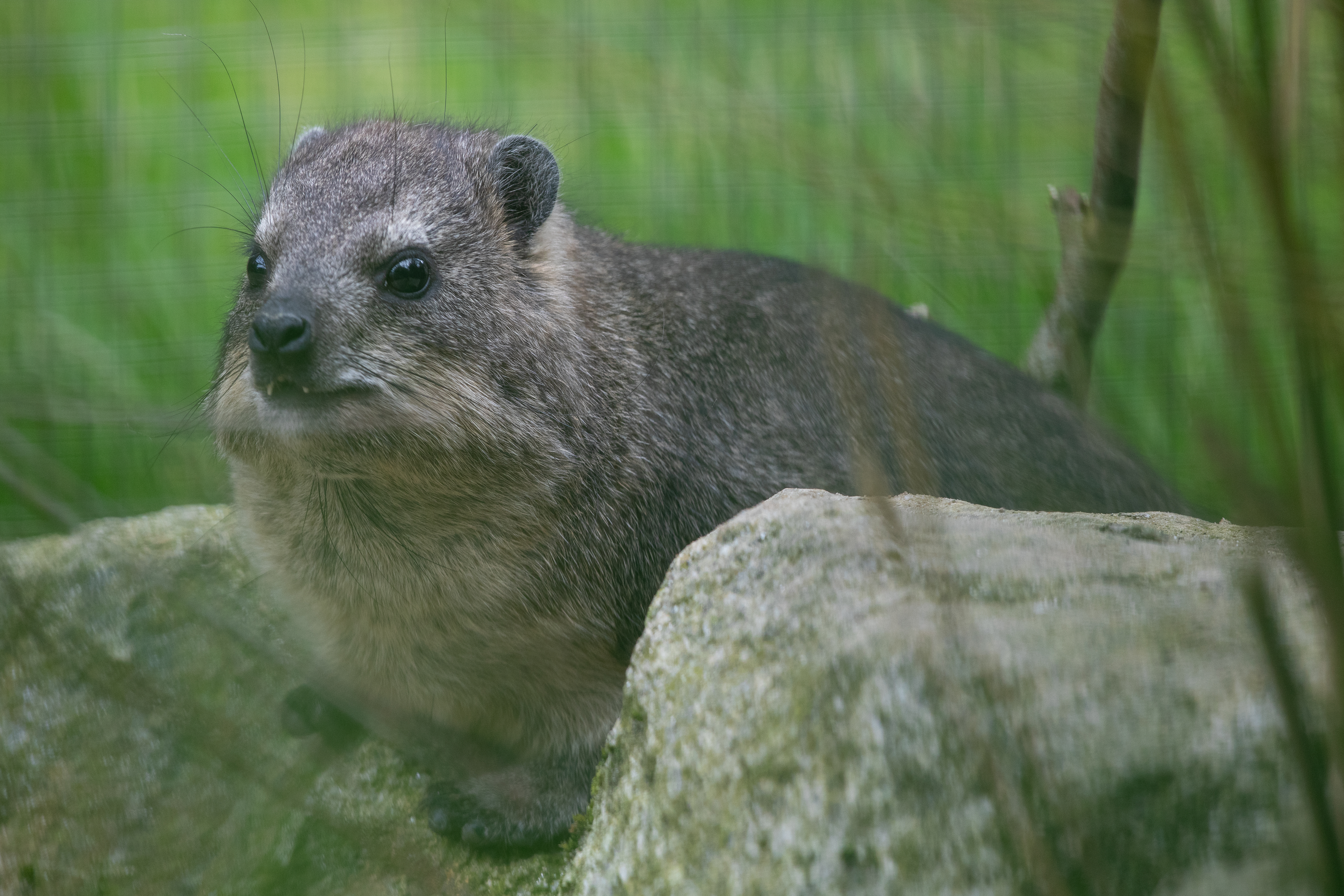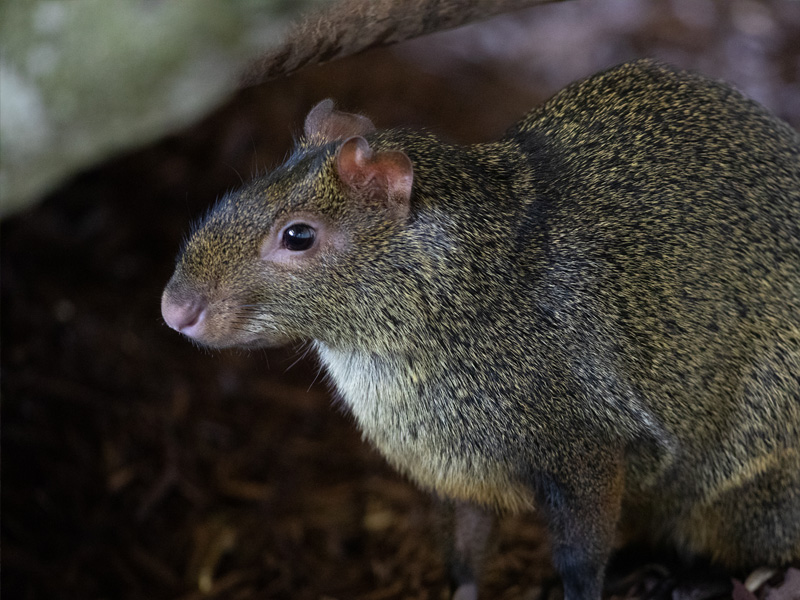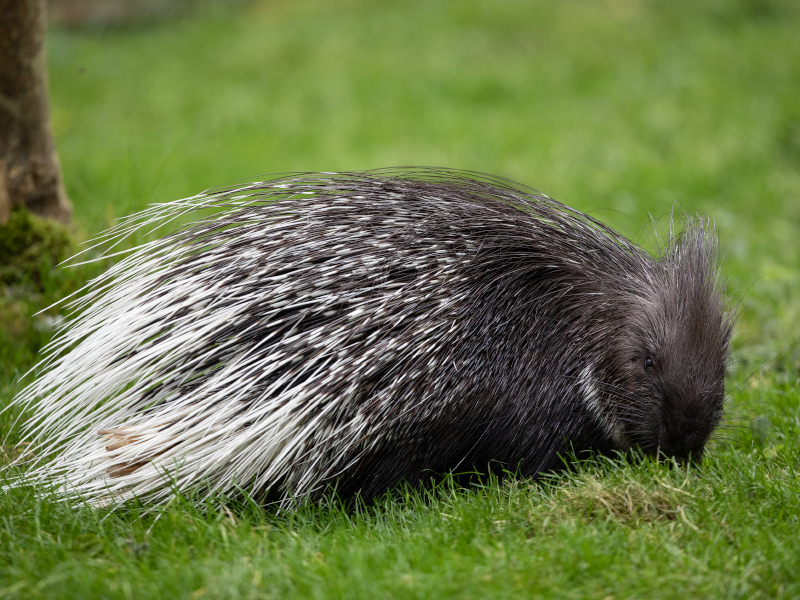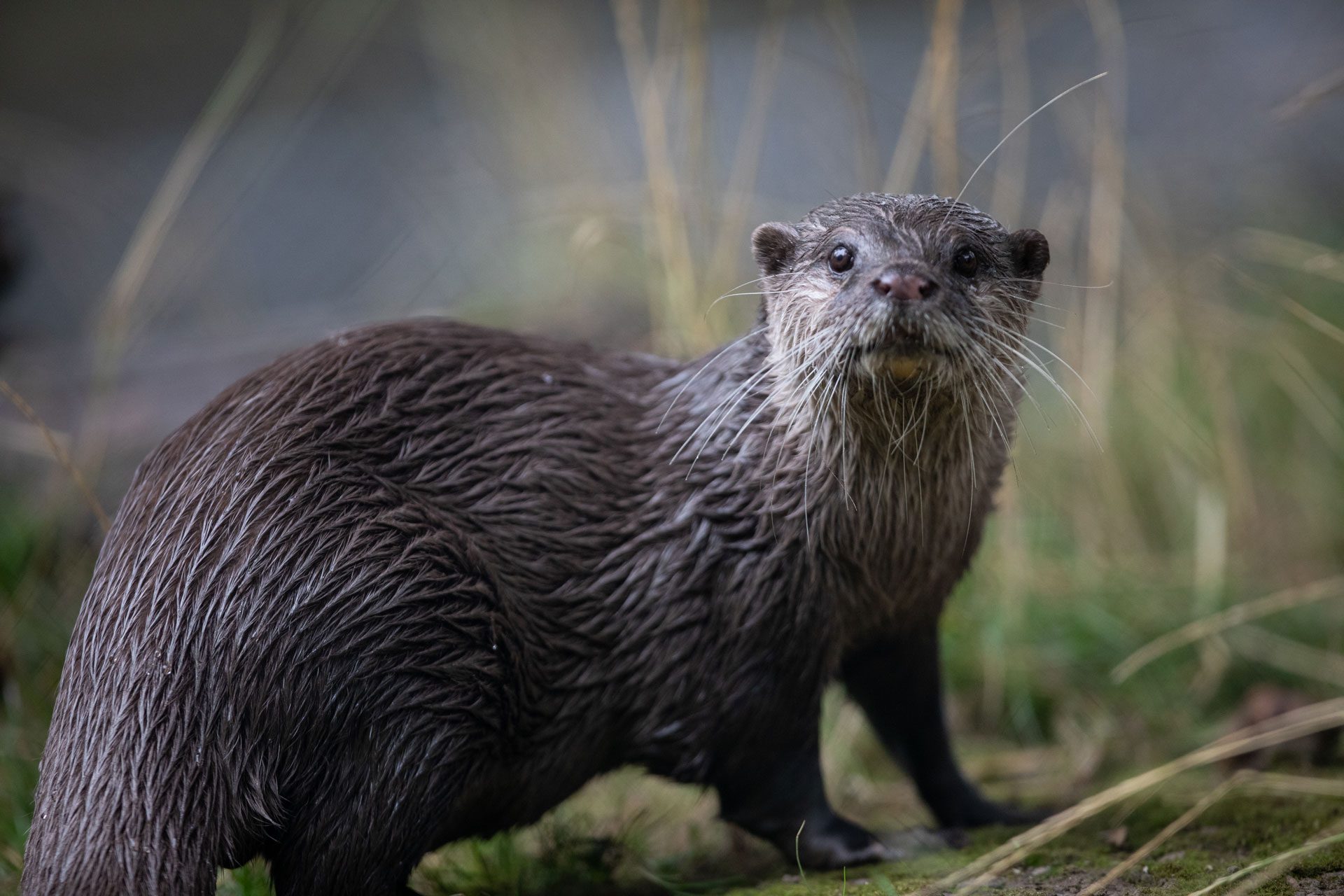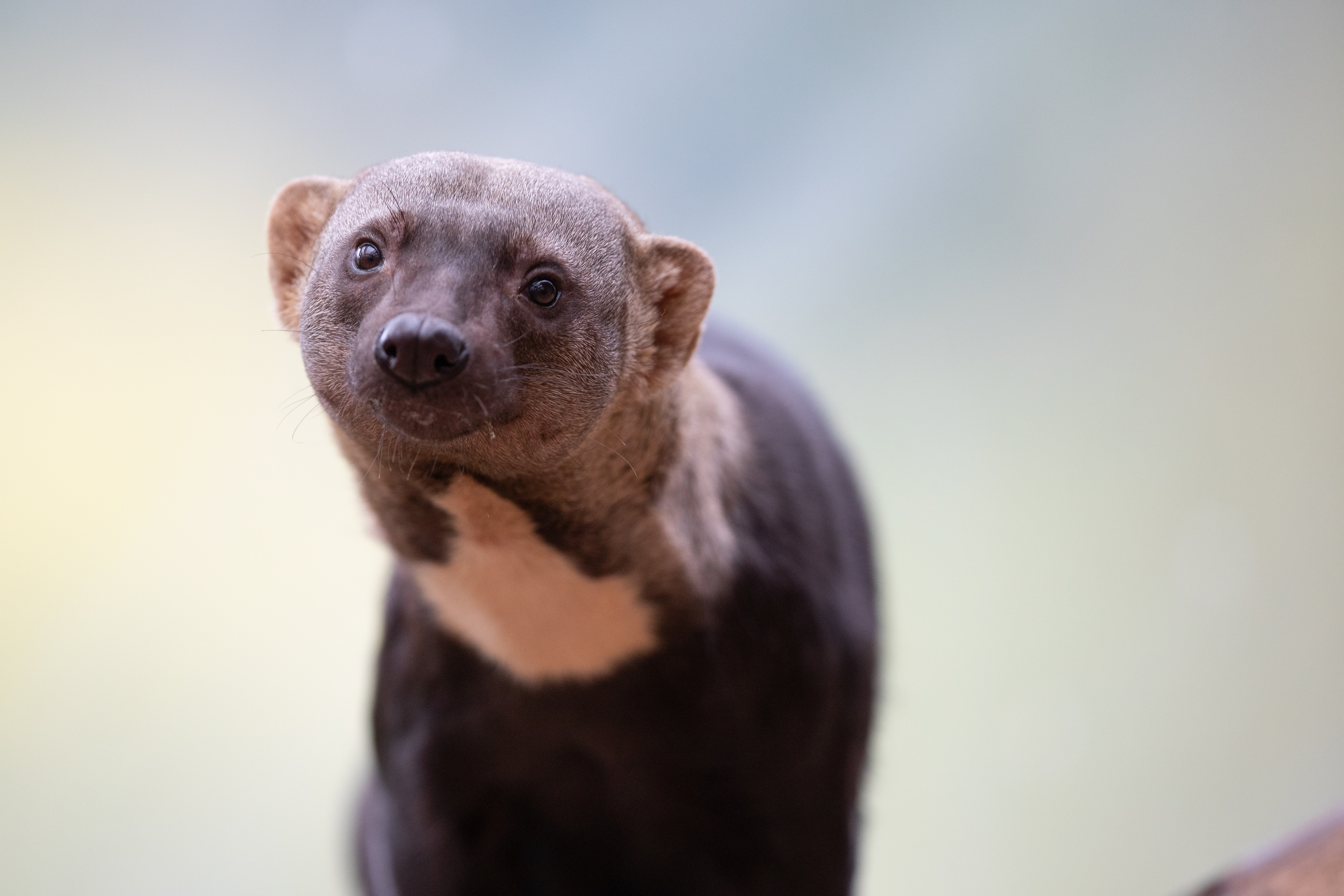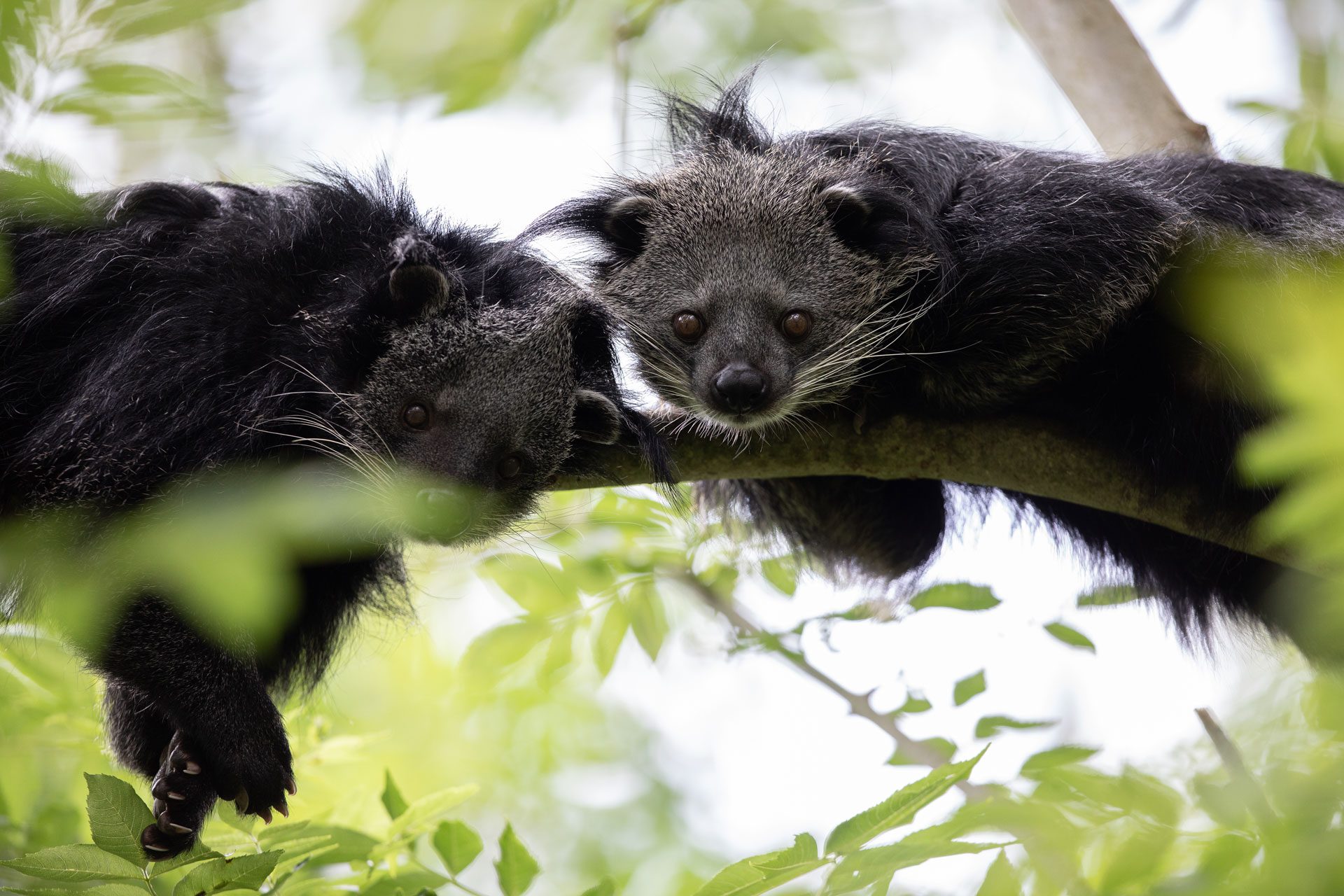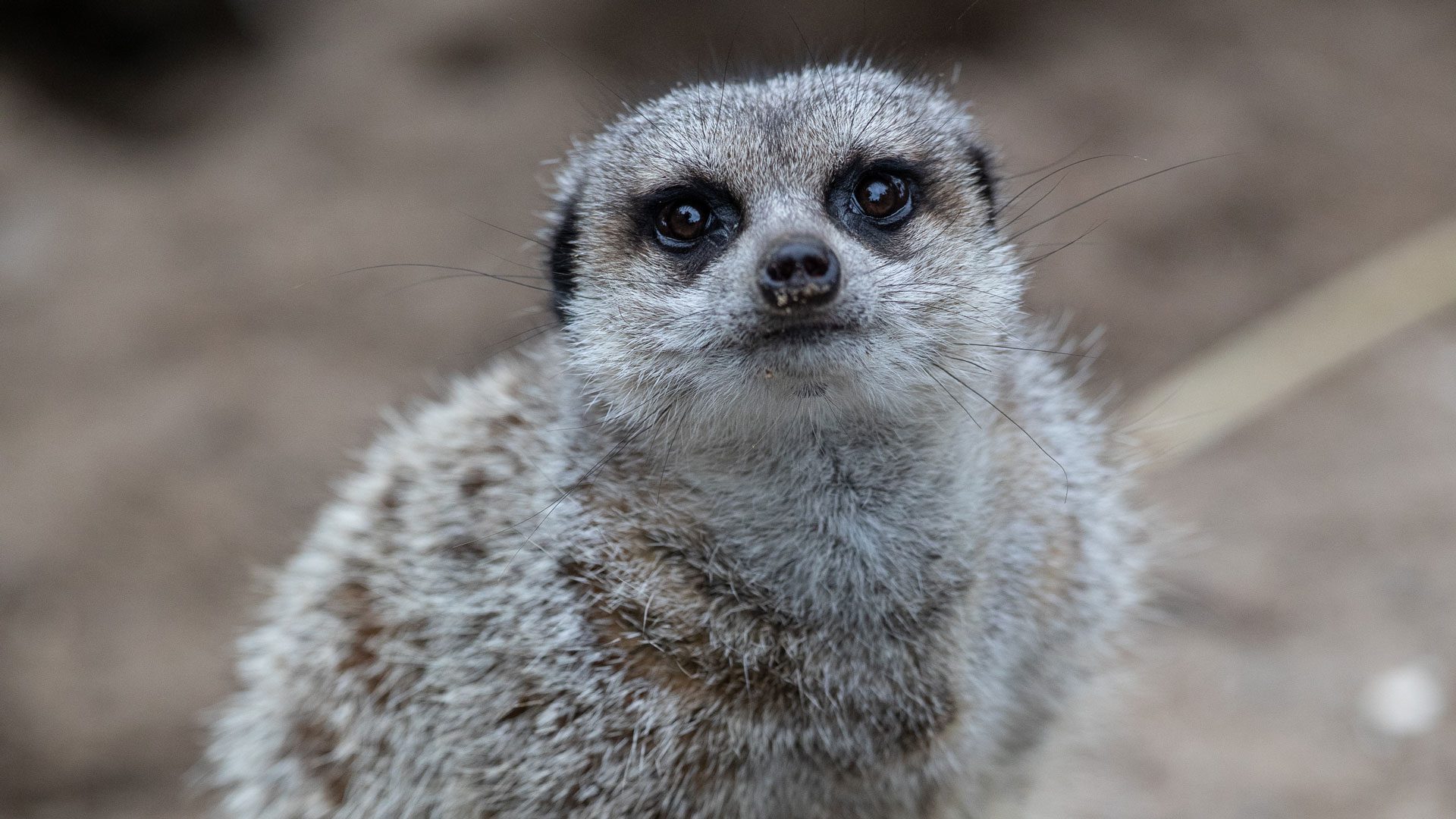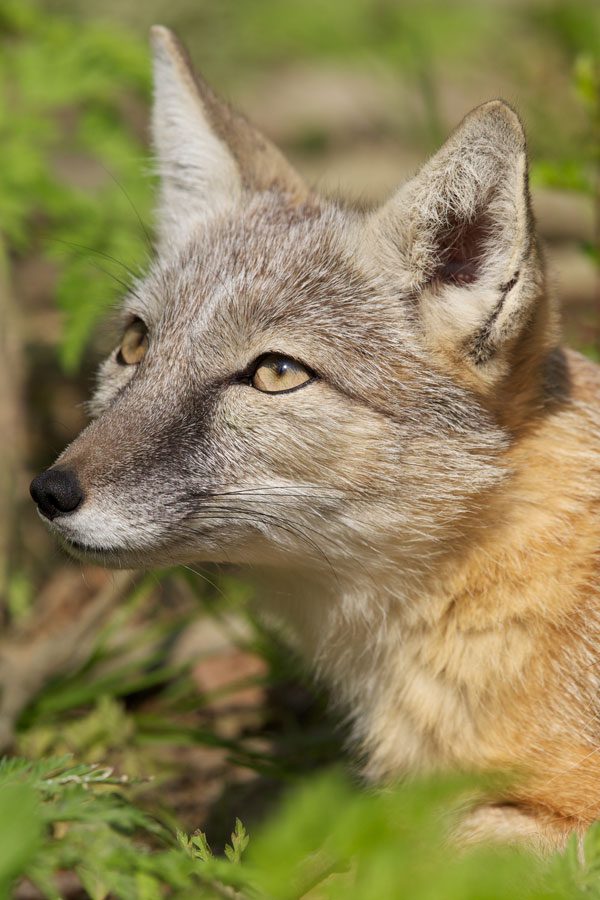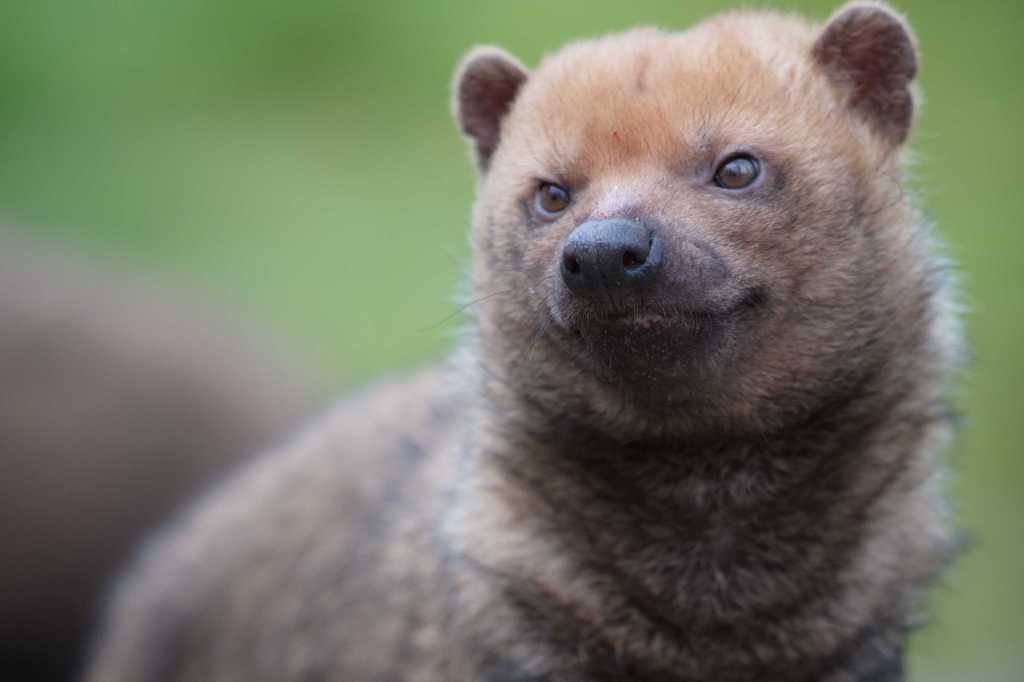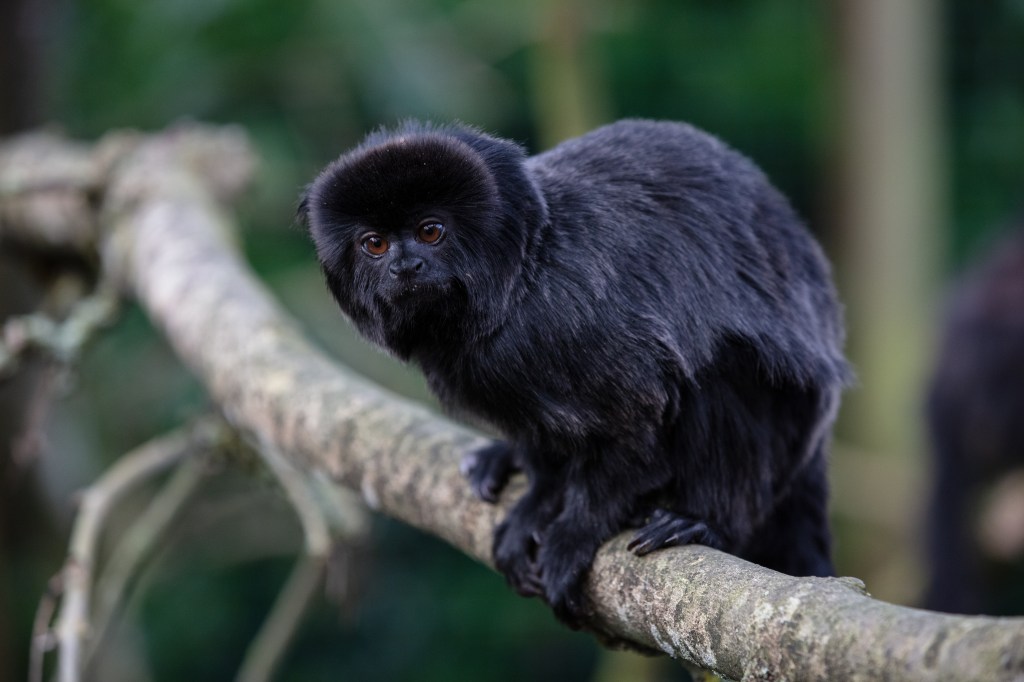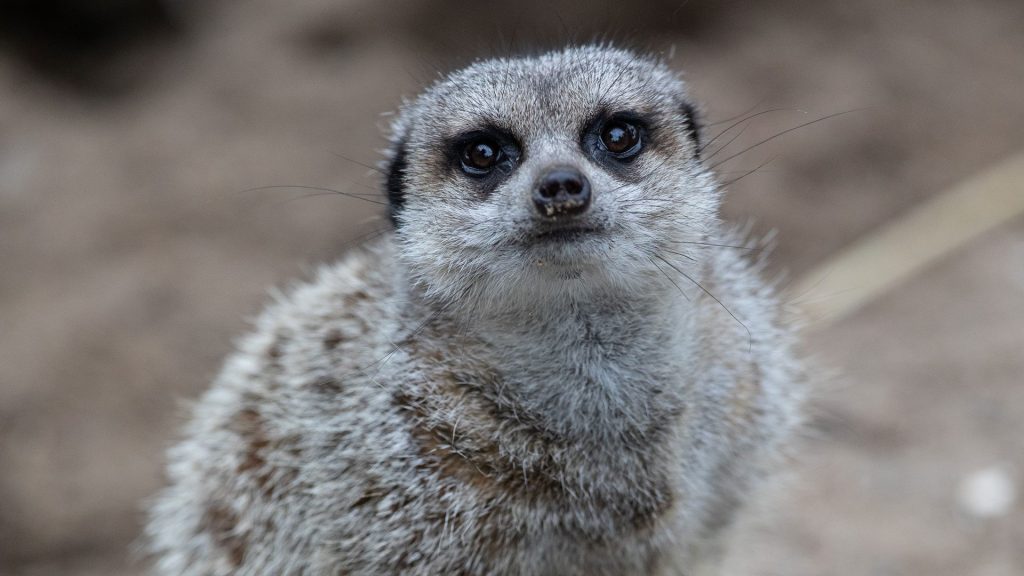Corsac foxes use the burrows of other species to rest.
The Corsac fox is a medium sized canine, being slightly smaller than our native Irish red fox, they have longer legs and ears. The corsac coat is yellowish, with pale underparts and pale markings around the mouth, chin, and throat. During the winter their coat gets much thicker.
They are nocturnal animals and, unlike most fox species, Corsac foxes are social animals that form smalls packs.
They have excellent hearing, vision and smelling senses which they use to hunt. They are nomadic animals with no fixed territory, and like to move from place to place.

Popular Searches
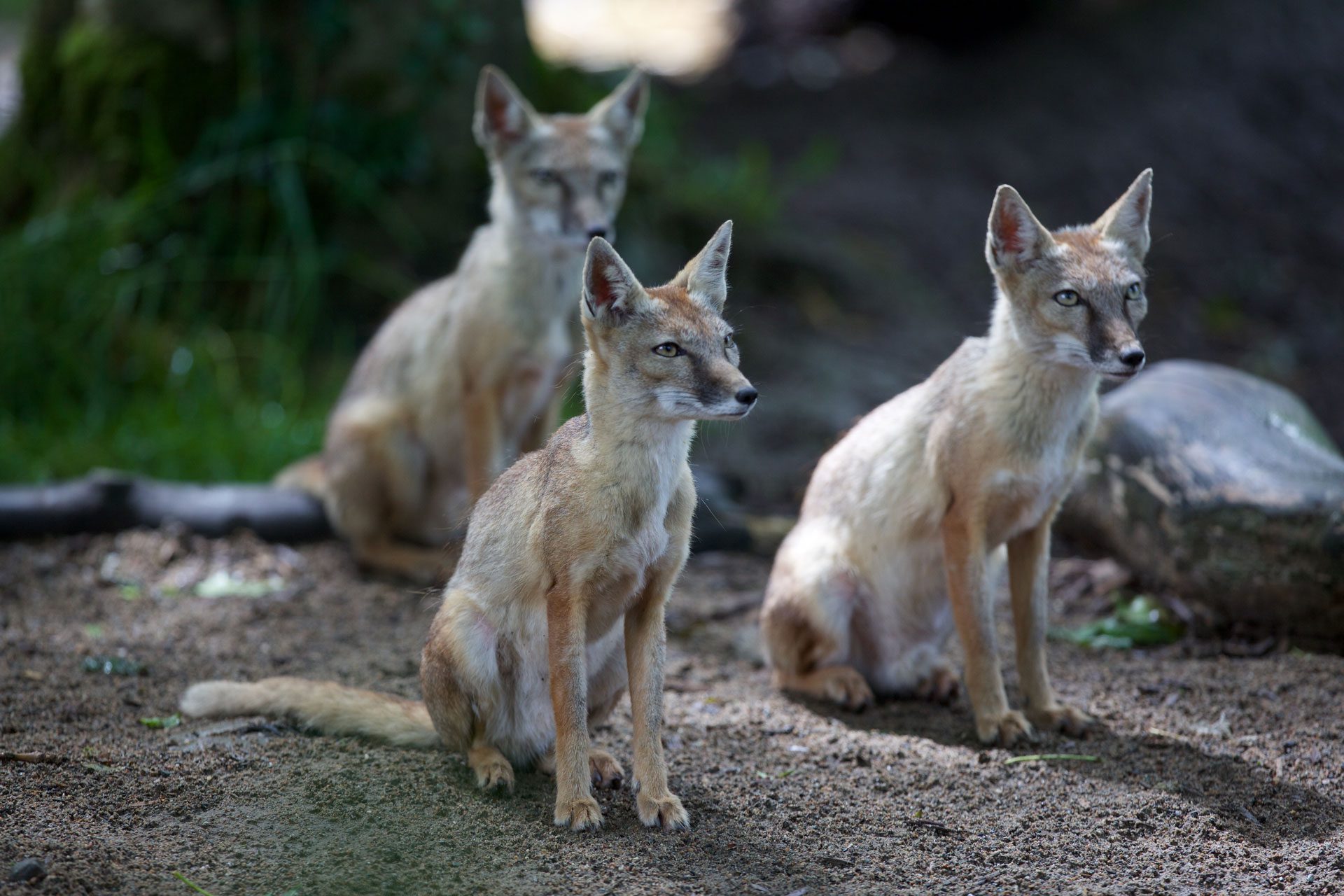
Corsac fox
-
Introduction
-
Conservation
Corsac foxes are classed as least concern.
Although they are of least concern, Corsac foxes are under threat from habitat loss and intensive hunting for their pelts.
Emerald Park conservation contribution:
Wildlife Vets International
In the past, Emerald Park, has donated to Wildlife Vets international (WVI) who aid conservationist and local vets, around the world, to save endangered species. WVI have been involved in developing ways to mitigate the risk of Canine Distemper Virus (CDV) to animals in the wild. -
Habitat
The Corsac fox is native to northern and central Asian countries including Afghanistan, Russia, Mongolia, and Tibet. They have adapted to living in dry, barren habitats, and so they can go long periods of time without food or water.
-
Fun Facts
Corsac foxes play a key role in the ecosystem that they inhabit. As predators they keep a healthy balance in the ecosystem by ensuring populations of prey species are maintained.
Groups often contain a breeding pair and they’re young. After the female gives birth to a litter of 2–6 young, males will assist in the raising of the young along with other “helper” foxes. The female will move her young to several burrows after they are born.
Corsac foxes communicate using high pitched yelps and will bark to alarm call.



